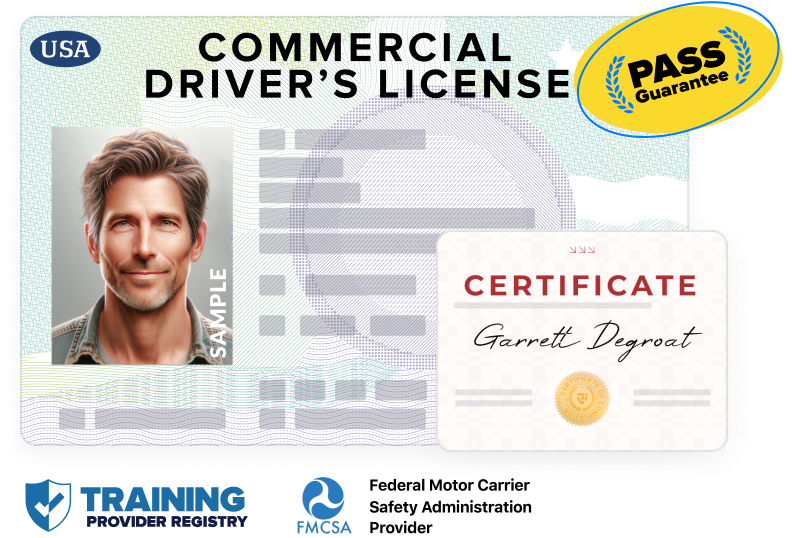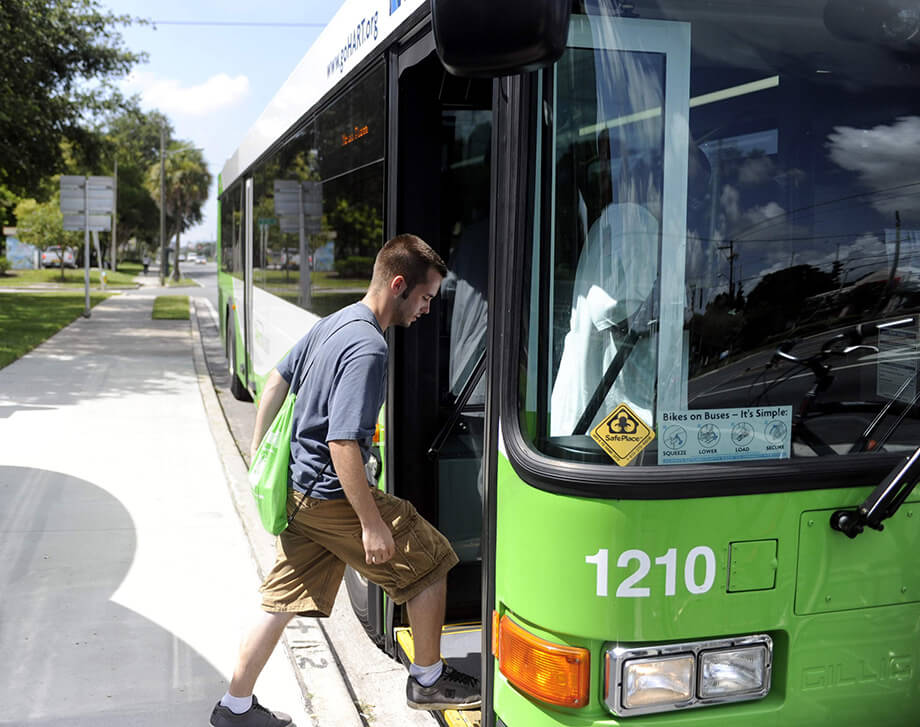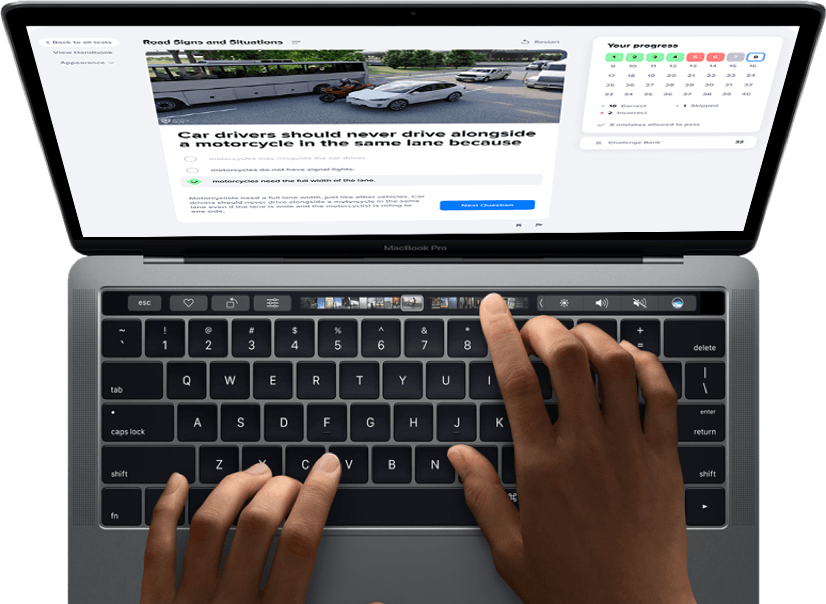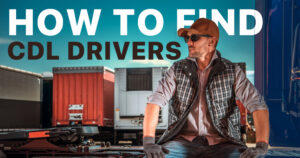A Commercial Driver's License (CDL) is essential for anyone looking to drive commercial vehicles. This article breaks down the different CDL classes and explains the CDL meaning, ensuring you understand the requirements and distinctions of each class.
What is a CDL?
CDL stands for Commercial Driver's License. It is a type of driver's license required in the United States to operate any type of vehicle with a gross vehicle weight rating (GVWR) of 26,001 lb (11,794 kg) or more, for commercial use, or to transport hazardous materials or more than 16 passengers. CDLs are issued after passing written and practical driving tests, ensuring the driver's ability to safely operate heavy, large, or placarded hazardous material vehicles in commerce.
Overview of the Different Classes of CDL (July 2025):
Here's an overview of the different classes (A, B, & C) of CDL.| Type of License | Description | Vehicles You May Drive |
|---|---|---|
| Class A CDL | Required to operate any combination of vehicles with a gross combination weight rating (GVWR) of 26,001 or more pounds, provided the towed vehicle is heavier than 10,000 pounds. | Tractor-trailers (also known as Semi, Big Rig or 18-wheeler), Truck and trailer combinations, Tanker vehicles, Livestock carriers, Flatbeds. Most Class B and Class C vehicles, depending on endorsement requirements |
| Class B CDL | Required to operate any single vehicle that isn’t hitched to a trailer (commercial trucks that have an attached cab and cargo area with a combined weight greater than 26,000 pounds, as well as trucks with a detached towed cargo vehicle that weighs less than 10,000 pounds). | Straight trucks, Large buses (city buses, tourist buses, and school buses), Segmented buses, Box trucks (including delivery trucks and furniture trucks), Dump trucks with small trailers. Some Class C vehicles with the correct endorsements. |
| Class C CDL | Required to operate a single vehicle with GVWR of less than 26,001 pounds or a vehicle towing another vehicle that weighs less than 10,000 pounds, or transports 16 or more passengers, including the driver. | Double/Tripe Trailers, Buses, Tank Trucks, HazMat Vehicles |
Below is a list of all Commercial Driver’s License classes.
What is a Class A CDL?
Class A is one of the primary CDL classes required for operating larger vehicles like tractor-trailers. A Class A commercial driver's license is required to operate any combination of vehicles with a gross combination weight rating (GVWR) of 26,001 or more pounds, provided the towed vehicle is heavier than 10,000 pounds.
With a Class A CDL and the proper endorsements, you may drive the following types of vehicles:
- Tractor-trailers
- Truck and trailer combinations
- Tank vehicles
- Livestock carriers
- Flatbeds
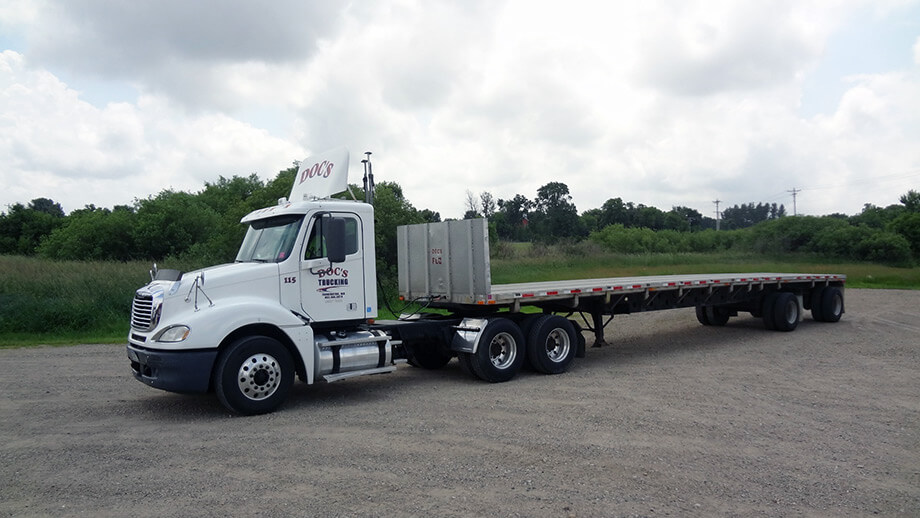
Tractor semi truck with flatbed trailer image credit
With the proper endorsements, your CDL Class A may also allow you to drive some Class B and Class C vehicles.
What is a Class B CDL?
A Class B commercial driver's license is required to operate a single vehicle with a gross combination weight rating of 26,001 or more pounds, or tow a vehicle not heavier than 10,000 pounds.
With a Class B CDL and the appropriate endorsements, you may drive the following types of vehicles:
- Straight trucks
- Large passenger buses
- Segmented buses
- Box trucks
- Dump trucks with small trailers
- Tractor-trailers
With the proper endorsements, your Class B CDL may also allow you to operate some Class C vehicles.
What is a Class C CDL?
A Class C commercial driver's license is required to operate a vehicle that is designed to transport 16 or more occupants (including you, the driver) or transport hazardous materials (HazMat), materials that are classified as hazardous under federal law.
With a Class C CDL and the proper endorsements, you may drive the following types of vehicles:
- Small HazMat vehicles
- Passenger vans
- Combination vehicles not covered by Classes A or B

HazMat Tanker truck of Sodium Hydroxide Solution (image credit)
CDL vs CLP: What's the Difference?
What is a CDL?
A Commercial Driver's License is required to drive commercial motor vehicles (CMVs) such as tractor-trailers, semi-trucks, dump trucks, and passenger buses. If you long for a career on the road rather than in an office, you’ll most likely need a CDL. There are three classes of CDLs that determine the kinds of vehicles you’re permitted to drive: Class A, Class B, and Class C. CDL classification is also determined by the vehicle's gross vehicle weight rating (GVWR) and other specific requirements.
It takes highly specialized knowledge and skills to operate a commercial motor vehicle. But prior to 1986, many states allowed anyone with an automobile driver license to operate a CMV. As a result, many drivers throughout the country were driving CMVs without proper training. On October 27, 1986, the Commercial Motor Vehicle Safety Act was signed into law. This law made it mandatory for all drivers of commercial vehicles to have a CDL. By ensuring that bus drivers and operators of large trucks are highly trained and qualified, this law has improved highway safety significantly. A further upgrade of driver training standards took place on February 7, 2022. Effective that date, applicants seeking to obtain a Class A or Class B CDL or an H, P, or S endorsement must successfully complete training from FMCSA-approved training providers listed in the FMCSA Training Provider Registry (TPR).
What is a CLP?
A commercial learner’s permit (CLP) is a permit given by your state that authorizes you to practice driving a commercial motor vehicle. Obtaining a CLP is the first step towards earning a commercial driver’s license.
How to Get a CDL
The minimum age to apply for a CDL is typically 21. However, some states allow drivers between the ages of 18 and 20 to apply for a single-state CDL. A single-state CDL allows the driver to only operate a commercial vehicle within the driver’s state of residence (intrastate driving). When the driver turns 21, that restriction is automatically removed.
Understanding the different CDL classes and the overall CDL meaning is crucial for anyone aspiring to become a commercial driver.
You can apply for a CDL at a local DMV office. There are strict federal guidelines for obtaining a CDL, and each state has its own requirements that need to be also met. You must pass both a written knowledge exam and a driving skills test, which are designed by your state.

